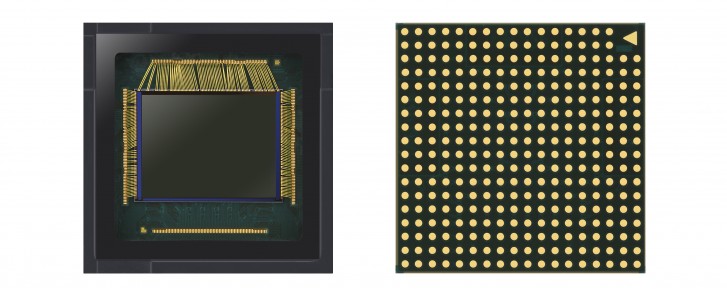
The first 108MP images sensor, the Samsung Bright HMX, was used by Xiaomi (thats what the X after HM stands for). Now Samsung has its own 108MP flagship and those use the HM1 sensor instead, which features some substantial changes.
The large 1/1.33 sensor found inside the Samsung Galaxy S20 Ultra uses Nonacell technology, the followup to 2017s Tetracell. Dont worry if you slept through Latin and Greek, these basically mean 9-cell and 4-cell and are Samsungs trademarks for different Bayer filters.

Nonacell merges 9 neighboring pixels (from a 3×3 square) into one large 2.4µm effective pixel. This doubles the sensors light absorption capabilities compared to Tetracell (2×2) sensors. But this also magnifies color interference between pixels, which is why such sensors didnt exist until now Samsung claims its ISOCELL Plus (which creates barriers between pixels) is able to keep such crosstalk to a minimum.
The company also loaded the ISOCELL Bright HM1 sensor with some serious hardware processing. Its able to control the ISO of different groups of pixels, enabling one-shot HDR (this also makes image previews much more accurate).

The on-chip hardware is also able to to do up to 3x lossless zoom starting with 108 megapixels, it can create 12MP photos at 3x magnification without upscaling (all of this happens before the image data even leaves the sensor for the ISP). That can help bridge the gap to cameras with true telephoto lenses.
In terms of video capabilities, the HM1 can record 8K footage at 24 fps. It supports gyro-based Electronic Image Stabilization for smoother handheld video.
Well get a better feel of HM1s true capabilities when we review the Galaxy S20 Ultra. Its siblings, the S20 and S20+ have a very different camera setup.
Author: Peter .
Source: GSMArena



